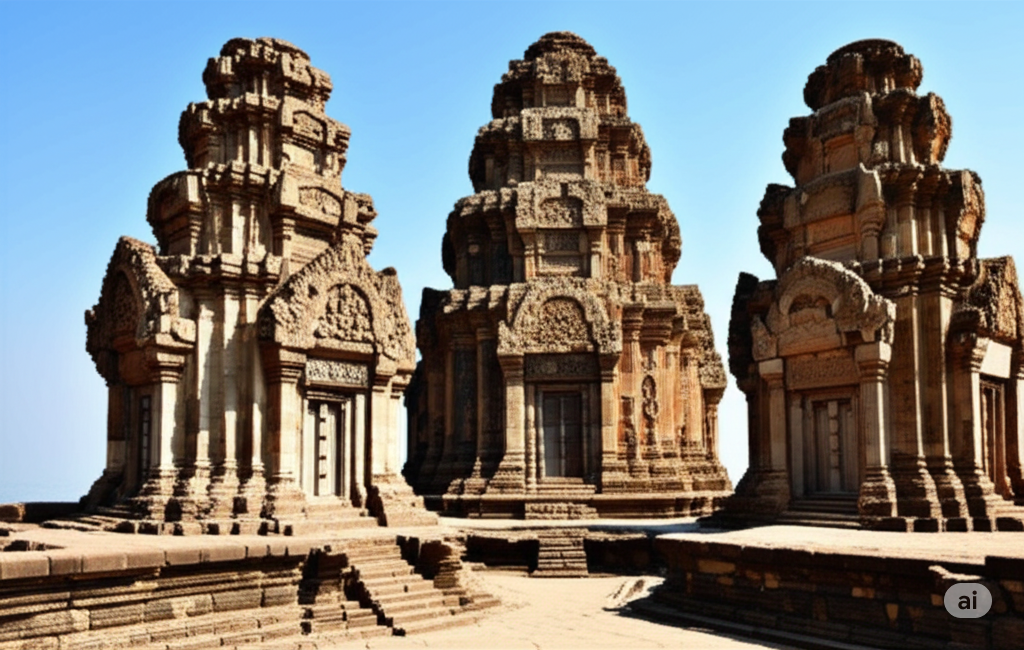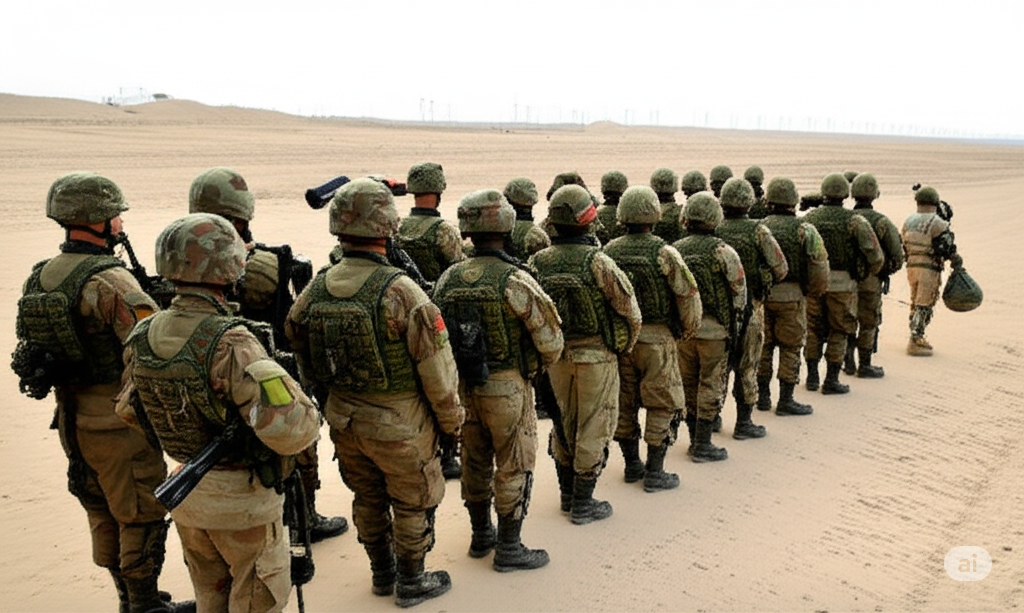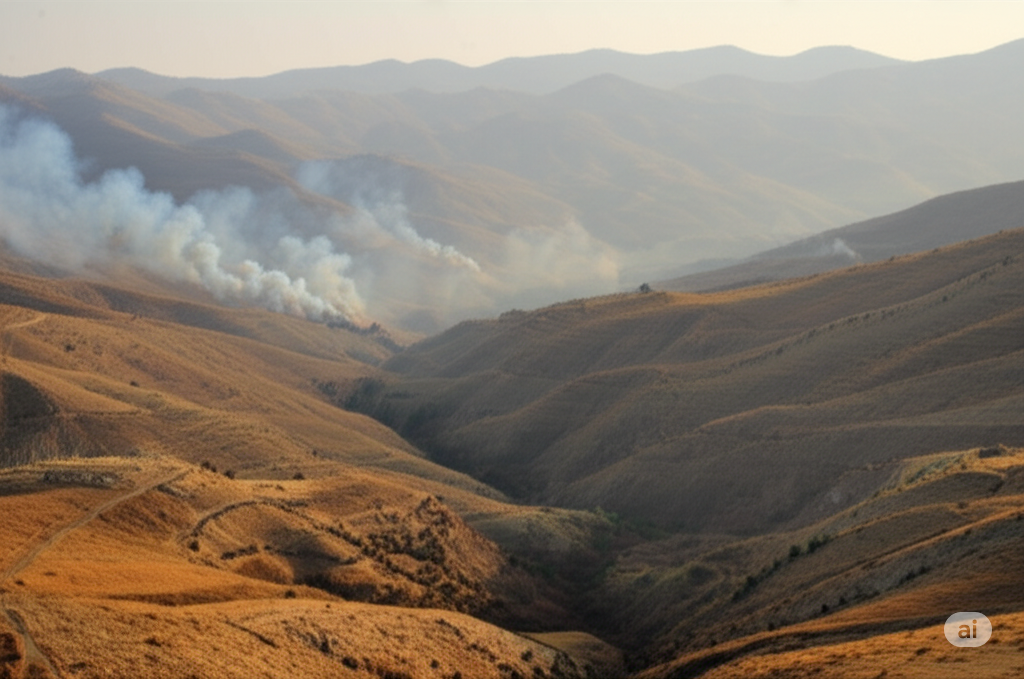The serene landscapes along the border of Thailand and Cambodia have, in recent days, been tragically transformed into a battleground. What began as simmering tensions has erupted into a full-scale armed conflict, drawing international concern and forcing tens of thousands of civilians to flee their homes. As of July 26, 2025, the death toll continues to mount on both sides, primarily affecting innocent civilians. To truly grasp the gravity of this crisis, we must delve into the deep-seated historical grievances and recent triggers that have ignited this latest, devastating chapter.
The Roots of Discord: A Century-Old Border Dispute
The current conflict is not a sudden outburst but rather the bitter fruit of a century-old territorial dispute, largely centered around the ambiguities of a 1907 map drawn under French colonial rule. This map, intended to demarcate the border between Siam (modern Thailand) and French Indochina (modern Cambodia), has been a constant source of contention. Cambodia insists on its validity, while Thailand argues its inaccuracy and the need for further demarcation.
At the heart of this enduring dispute lies the 11th-century Preah Vihear Hindu temple. Perched atop the Dângrêk Mountains, which naturally form part of the border, this ancient Khmer architectural marvel is a symbol of national pride for both nations.
- 1962 International Court of Justice (ICJ) Ruling: After a lengthy dispute, the ICJ in The Hague ruled that the Preah Vihear temple itself belongs to Cambodia. The court, based on the 1907 French map, found that Thailand had implicitly accepted the map and ordered Thai forces to withdraw from the temple.
- Thailand’s Continued Claims: Despite the ICJ ruling, Thailand has consistently maintained a claim over a 4.6 square kilometer area surrounding the temple, arguing that while the temple may be Cambodian, the adjacent land remains disputed.
- 2008 UNESCO World Heritage Listing: Tensions flared significantly in 2008 when Cambodia succeeded in registering Preah Vihear as a UNESCO World Heritage Site. This move was met with strong objections from Thai nationalists, leading to a series of skirmishes and deadly clashes, particularly in 2011, which claimed dozens of lives.
- 2013 ICJ Reaffirmation: Cambodia again sought clarification from the ICJ in 2013, which reaffirmed its earlier ruling, stating that the land immediately surrounding the temple was also Cambodian. This decision, however, continues to “sting” in Bangkok, as many Thais perceive it as an infringement on their sovereignty.
Beyond Preah Vihear, other ancient temples, notably Ta Muen Thom and Ta Moan Thom, also lie in contested areas along the border, becoming recurring flashpoints for confrontation. These sites are also significant Khmer-era Hindu temples, and their ownership is fiercely contested.

The Immediate Triggers: A Cascade of Escalation in July 2025
While the historical grievances provide the underlying context, a series of recent incidents in July 2025 directly propelled the situation from a tense standoff to open warfare:
- Landmine Incidents (Mid-July): The most immediate catalyst for the current escalation was a series of landmine explosions. On July 23, a landmine blast wounded five Thai soldiers in the Nam Yuen district of Ubon Ratchathani, with one soldier losing a leg. Thailand immediately accused Cambodia of newly planting Russian-made landmines, violating previous agreements. Cambodia, in turn, vehemently denied these claims, asserting the blast occurred on its side due to leftover unexploded ordnance from past wars.
- Diplomatic Breakdown: The landmine incident led to a rapid collapse of diplomatic ties. Thailand recalled its ambassador to Phnom Penh on July 23 and expelled Cambodia’s envoy. Cambodia retaliated by downgrading diplomatic ties to their “lowest level” and evacuating most of its embassy staff in Bangkok.
- Cross-Border Provocations: Weeks of rising tensions had already seen minor provocations, such as Cambodian civilians, reportedly escorted by troops, singing their national anthem at the disputed Ta Moan Thom temple in February, prompting intervention by Thai soldiers.
- Domestic Political Instability in Thailand: The conflict has also intersected with Thailand’s internal politics. Thai Prime Minister Paetongtarn Shinawatra was suspended from office on July 1 amid an ethics probe related to a leaked phone call with Cambodia’s influential former leader Hun Sen. This political vulnerability may have influenced the firm stance taken by the acting Thai government.
The Unfolding Conflict: Details of the Clashes (July 24-26, 2025)
The direct armed conflict erupted on Thursday, July 24, 2025, with both sides blaming the other for firing the first shot.
Initial Attacks and Retaliation (July 24):
- Thai Account: Thai military reports indicated that Cambodian troops deployed surveillance drones and armed soldiers near the Thai-administered Prasat Ta Muen Thom temple. They claimed Cambodian forces then opened fire on Thai positions approximately 200 meters east of the temple, and later fired BM-21 self-propelled multiple rocket launchers towards civilian residential areas, specifically a gas station in Sisaket province.
- Cambodian Account: Cambodia’s Ministry of National Defence accused Thailand of “brutal and illegal military aggression,” claiming Thai jets dropped bombs on Cambodian territory and used heavy weaponry without provocation. They stated Cambodian forces acted only to defend national territory against a “Thai armed assault.”
- Thai Air Strikes: In response to what they termed “indiscriminate attacks,” the Royal Thai Air Force scrambled F-16 fighter jets, conducting bombing runs on Cambodian positions. Thailand confirmed destroying Cambodian military targets, including command posts of the 8th and 9th Infantry Divisions.
- Targeting of Civilian Infrastructure: A particularly egregious development was the alleged targeting of civilian infrastructure. A gas station in Sisaket province, Thailand, was hit by Cambodian rockets, resulting in at least eight civilian fatalities, including an 8-year-old boy. The Phanom Dong Rak Hospital in Surin province, Thailand, was also reportedly attacked by Cambodian artillery, causing injuries and forcing its evacuation. Thailand has warned that these actions could constitute “war crimes.”
- Cambodian Counter-Offensive: Cambodian forces reportedly occupied several disputed areas, including Ta Krabey Temple, Mom Bei area, and Ta Moan Thom Temple, after prolonged clashes.

Escalation and Humanitarian Crisis (July 25-26):
- Continued Heavy Fighting: Fighting has continued fiercely for a third day, with both sides exchanging heavy artillery, rocket fire, and ground troops backed by tanks battling for control of territory across at least six and possibly up to twelve areas along the border.
- Mounting Casualties: The death toll has risen significantly. As of July 26, reports indicate at least 32 people killed on both sides, with the majority being civilians. Thailand has reported 19 Thai civilians killed and 62 injured, along with 6 soldiers killed and 29 injured. Cambodia has reported 13 killed (8 civilians, 5 soldiers) and 50 injured civilians and 20 soldiers.
- Mass Displacement: The humanitarian impact is severe, with mass displacement occurring on both sides. Over 138,000 people have been evacuated from Thailand’s border regions, and around 38,000 Cambodians have fled their homes, seeking refuge in makeshift camps and evacuation centers.
- Martial Law: Thailand has declared martial law in eight districts along the border with Cambodia, reflecting the severity of the situation and giving the military enhanced powers.
- Accusations of Cluster Munitions: Cambodia has accused Thailand of using a large number of cluster munitions, a controversial and widely condemned weapon, calling it a clear violation of international law. Thailand is not a signatory to the convention banning cluster bombs.
International Response
The international community has reacted with deep concern:
- United Nations Security Council (UNSC): The UNSC held an urgent private meeting on July 25 to discuss the clashes. While no public statement was immediately issued, all 15 UNSC members reportedly called for de-escalation, restraint, and a peaceful resolution.
- UN Secretary-General António Guterres: The Secretary-General has urged both sides to “exercise maximum restraint and address any issues through dialogue and in a spirit of good neighbourliness, with a view to finding a lasting solution to the dispute.”
- ASEAN: Malaysia, as the current chair of ASEAN (Association of Southeast Asian Nations), has offered to mediate, with Prime Minister Anwar Ibrahim presenting a ceasefire proposal. Cambodia reportedly accepted this proposal, but Thailand has so far preferred a bilateral approach, insisting on direct talks and a cessation of hostilities by Cambodia before any third-party mediation.
- Regional Concerns: Other ASEAN members like Indonesia, Laos, the Philippines, Singapore, and Vietnam have expressed serious concern, urging both countries to exercise caution, cease hostilities, and seek peaceful solutions in accordance with international law and regional solidarity.
Outlook
The situation remains highly volatile. With both sides entrenched in their positions and blaming each other for the aggression, a rapid de-escalation seems challenging. The high civilian casualty count and damage to civilian infrastructure have added a layer of grave humanitarian concern to the long-standing territorial dispute. The urgent calls for a ceasefire and peaceful dialogue from the international community are critical, but achieving a lasting peace will require a fundamental addressing of the historical grievances and border demarcation issues that have plagued this frontier for over a century. The world watches anxiously as this ancient dispute threatens to consume more lives and destabilize the Southeast Asian region.


Leave a Reply